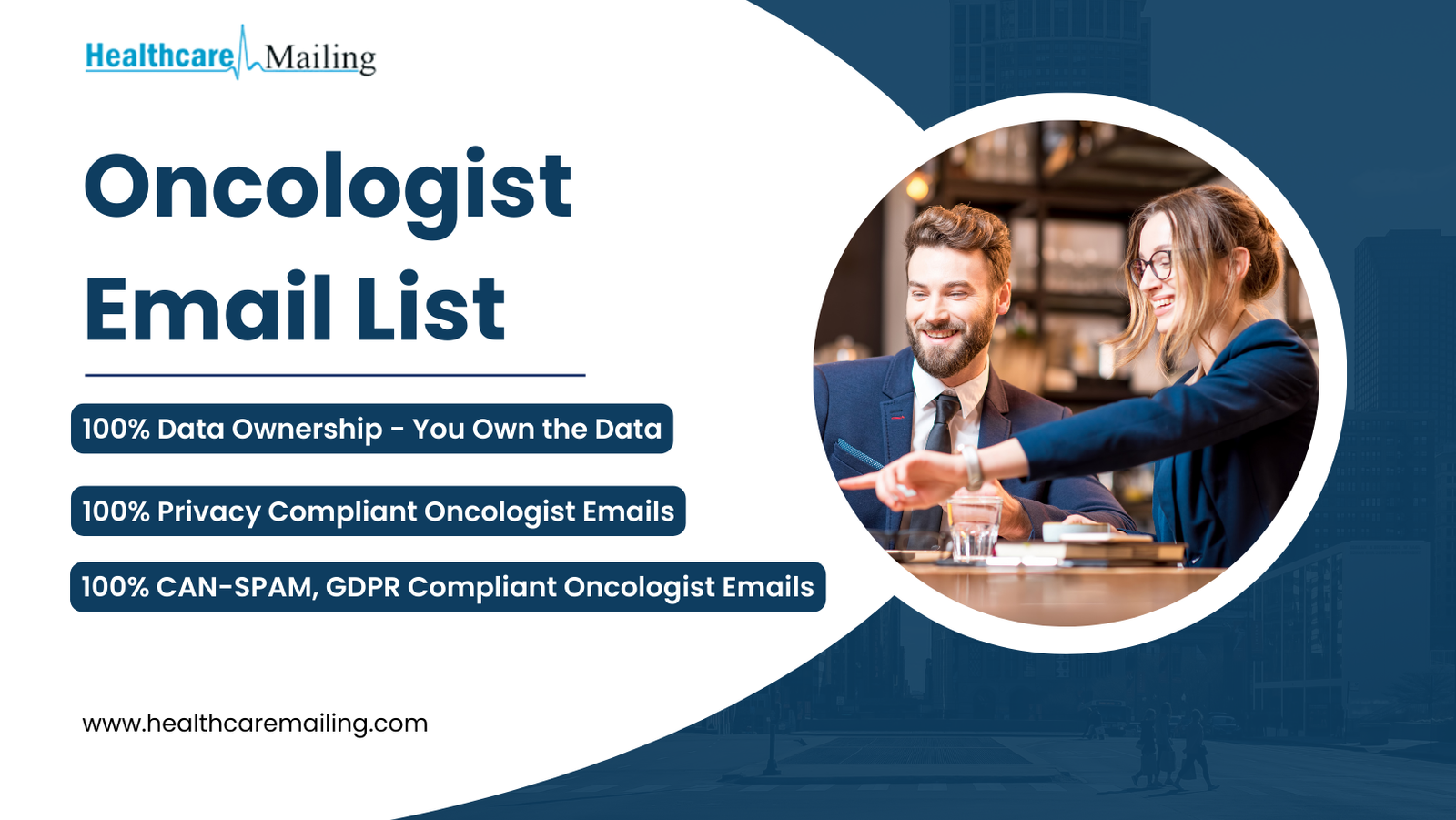The Oncology Marketing landscape is changing rapidly, and staying ahead of the curve is essential for success in the industry. As we look ahead to 2023, it’s important to consider the marketing strategies that will be most effective for oncology businesses. In this blog post, we’ll explore the key elements of an oncology marketing strategy for 2023, including tactics for engaging current and potential customers and leveraging emerging technologies.
The Importance of Branding
In today’s highly competitive market, establishing a strong brand identity is essential for oncology organizations to differentiate themselves from their competitors. Branding is not only about creating a unique logo or slogan – it also involves developing a reputation, creating trust and loyalty with customers, and setting yourself apart from other companies.
Fun Fact: The average consumer sees 5,000 brands every day!
Branding offers several benefits to oncology organizations:
• Increased visibility – Having a strong brand presence makes it easier for consumers to remember your organization and make purchasing decisions.
• Enhanced customer loyalty – By establishing a recognizable brand, customers will be more likely to remain loyal to your business.
• Increased value of services – People will be more likely to pay a premium for products and services they know and trust.
• Increased market share – A well-recognized brand will give your organization an edge over the competition and allow you to capture more market share.
Examples of successful oncology branding include:
• MD Anderson Cancer Center – This well-known Texas-based organization has established itself as a leader in cancer research, treatment, and education.
• Cancer Treatment Centers of America – This national network of cancer hospitals focuses on providing comprehensive, patient-centered care.
• Memorial Sloan Kettering Cancer Center – This New York-based hospital is one of the world’s leading cancer treatment and research centers.
The Power of Digital Marketing
As technology continues to advance, so does the importance of digital marketing within the oncology field. Digital marketing is an effective way to reach a large number of people quickly, and it can be customized to target certain demographics. Additionally, digital marketing allows for better tracking and analysis of marketing campaigns, making it easier to measure their effectiveness.
A fun fact about digital marketing is that it’s estimated that businesses will spend more than $335 billion on digital advertising in 2021.
Digital marketing can be especially beneficial for oncology-focused businesses as it can help them:
• Reach new audiences. Digital marketing platforms such as social media, pay-per-click advertising, and SEO can help oncology organizations reach potential patients and supporters who may not have heard of them before.
• Connect with customers on a deeper level. Through digital marketing channels, oncology organizations can create meaningful relationships with their customers by providing helpful information about cancer treatments, engaging in conversations about current events related to oncology, and responding quickly to customer inquiries.
• Measure the success of their campaigns. Analytics and reporting tools available through many digital marketing platforms provide valuable insights into how well a campaign is performing and can help businesses make informed decisions about future campaigns.
For example, the Mayo Clinic’s website and social media accounts are prime examples of how effective digital marketing can be for oncology-focused businesses. By utilizing various platforms such as Twitter, Facebook, and Instagram, they’ve been able to reach out to and engage with their followers while also providing valuable information about cancer treatments and resources.
The Evolution of Social Media
Social media has become a major part of our lives and it is no surprise that it has had a significant impact on the world of oncology marketing. In recent years, social media has revolutionized the way companies interact with customers, enabling them to target and reach a wider audience than ever before.
Fun Fact: Social media usage by health care providers increased by 34% from 2013 to 2016.
With the rise of social media, oncology marketers are now able to capitalize on its many advantages. Here are a few ways that social media can help oncology marketers:
• Social media allows companies to easily connect with their target audience, sharing information, offering support, and engaging with patients.
• It is an effective way to reach new customers and build relationships with existing ones.
• Companies can use social media to promote their brand and establish a strong presence in the market.
• It can also be used to track customer sentiment, giving marketers insights into what their target audience wants and needs.
Examples of successful oncology social media campaigns include:
• Merck’s #EndCancerTogether campaign, which focused on creating awareness about cancer prevention and treatment options.
• AstraZeneca’s #PathwayToHope campaign, which provided support for cancer patients and their families through personal stories shared on social media.
• Bristol-Myers Squibb’s #ShareTheJourney campaign, which highlighted real-life experiences of those living with cancer.
These campaigns demonstrate the potential of social media for oncology marketing and how it can be used to effectively engage with customers. As social media continues to evolve, oncology marketers must stay abreast of the latest trends and technologies in order to remain competitive.
The Rise of Patient Engagement
As the oncology field continues to progress, patient engagement is becoming increasingly important. With the right strategies, companies can build trust and loyalty with patients, and this can have a major impact on their bottom line. Here are some of the ways patient engagement is growing in importance:
– About: Patient engagement is all about creating meaningful relationships between healthcare providers and their patients. It focuses on understanding each individual’s needs and preferences, and tailoring care accordingly. This helps to ensure that patients receive the best possible care and also strengthens their trust in their healthcare provider.
- According to a recent survey, 92% of healthcare providers said that patient engagement positively impacts patient satisfaction.
- Fostering meaningful relationships with patients can lead to improved patient adherence to treatment plans and better overall health outcomes.
- Increased patient engagement can also help to reduce costs for healthcare providers by reducing unnecessary hospital visits and emergency room trips.
- Patient engagement can be achieved through a variety of strategies such as patient portals, mobile apps, telemedicine, interactive websites, and more.
- Atrium Health recently launched a patient engagement app called “MyAtriumHealth” which allows patients to access their medical records, schedule appointments, and securely message their providers.
- Ascension Medical Group has created a platform called “Ascension Care Connect” which allows patients to access their medical records, track lab results, and schedule appointments online.
- The University of California San Francisco (UCSF) has developed an online platform called “MyChart” which allows patients to securely communicate with their healthcare providers, refill prescriptions, view medical records, and more.
The Future of Oncology Marketing
Oncologist Email List is an ever-evolving field, and the strategies and tactics used to reach patients and clinicians must be constantly updated to remain effective. In 2023, the oncology marketing landscape will likely look very different from what it does today.
Fun fact: According to one study, 60% of cancer patients use social media for health information.
As oncology marketing continues to evolve, there are a few key trends that are expected to shape the future of the industry. These include:
• Leveraging artificial intelligence (AI) to better target and tailor messaging to specific audiences.
• Using virtual reality and augmented reality to engage patients in a more meaningful way.
• Adopting precision medicine to create customized treatment plans for each patient.
• Utilizing real-time data analytics to measure campaign performance and make informed decisions.
• Incorporating digital tools such as wearables and apps into oncology marketing strategies.
For example, AI can be used to target ads to people who are more likely to respond positively to them, while virtual reality can help create immersive experiences that can inform and educate patients about their treatments. Precision medicine helps clinicians personalize treatment plans for each patient, while digital tools such as wearables and apps enable more detailed tracking of a patient’s health.
Overall, the future of oncology marketing is likely to be characterized by increasingly sophisticated targeting, innovative technologies, and personalized messaging. By keeping up with these trends and adapting their strategies accordingly, oncology marketers will be well positioned to reach the right audience and maximize the impact of their campaigns.
Conclusion
Oncology marketing strategies in 2023 will require an agile approach to stay ahead of the competition. Effective branding, leveraging digital marketing, utilizing social media, and engaging with patients are all essential components of a successful strategy. With the right tactics and tools, oncology marketing can have a major impact on the success of any business. By staying up to date on the latest trends and understanding the needs of both patients and providers, oncology marketing teams can continue to drive growth and increase awareness for their organization.




